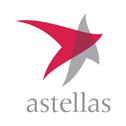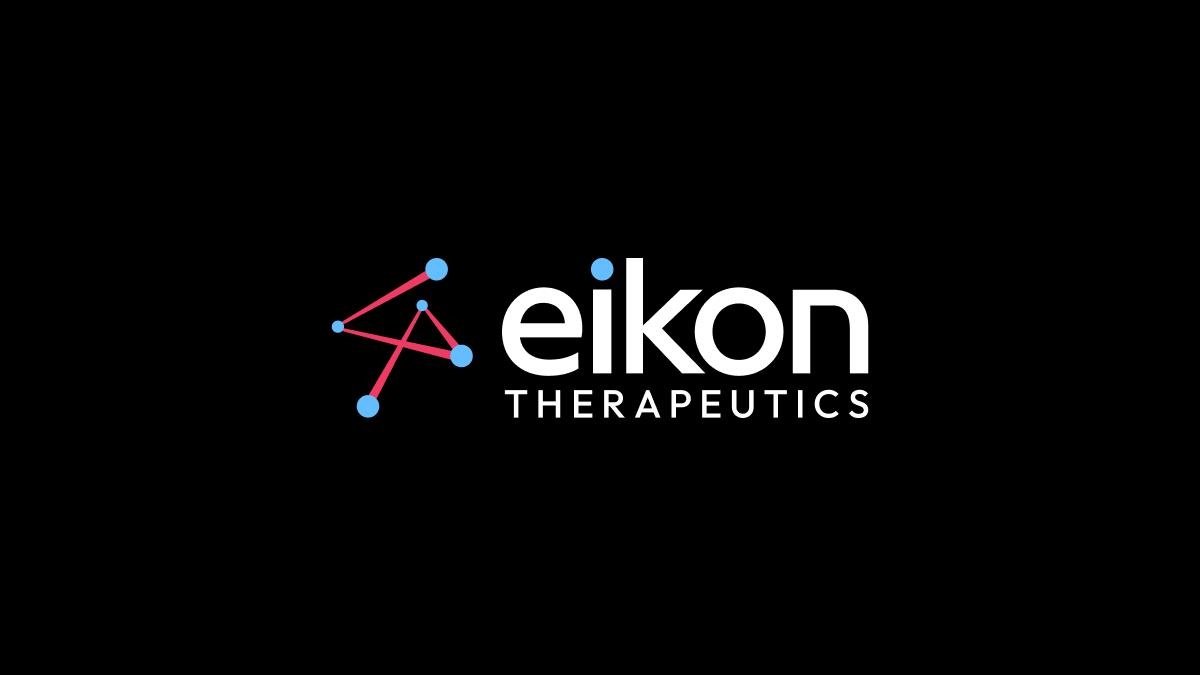What it means to be the partner of choice in pharma

For some time now, pharmaceutical innovation has been defined by partnership. Big pharma companies have lots of capital and strong existing infrastructures for clinical research and commercialisation, while small pharmas and biotechs have fresh ideas – promising new therapies and delivery technologies. For both sides, partnership just makes sense.
“For a long time, pharma companies have realised that 99% of scientific and medical innovation happens outside of their organisations. It’s almost a cliché,” said Bradley Hardiman, Head of Europe, Search & Evaluation, Business Development at Astellas Pharma Europe.
Hardiman sat down with pharmaphorum to discuss current trends in pharma partnership and what he sees as the keys to success in being the “partner of choice” for these ecosystem innovators.
“We're in it for the long term,” Hardiman said. “It's about aligning early on a shared vision and ensuring open, two-way conversations where our partners have a seat at the table, helping to accelerate shared success. To be the partner of choice for ambitious organisations, we need to create a culture where innovation can thrive.”
Trends in pharma partnership
The current moment is a particularly opportune one for pharma, Hardiman says, because the state of the economy is having a belt-tightening effect on private capital.
“Macroeconomic trends are making it harder for biotech companies to secure funding from venture capital and private equity,” Hardiman said. “This is driving a trend of conserving cash, especially in early-stage innovation. What that means for pharma companies like Astellas is that there are increasing opportunities for us to partner with early-stage biotech companies who are looking to advance an exciting technology or novel scientific approach.”
Despite financial challenges, it’s a time of great scientific possibility for start-ups looking to innovate in emerging areas.
“From a scientific perspective, there are really exciting developments going on. Gene therapy is just coming into the fore and that's a big area for Astellas,” Hardiman said.
With economic forces favouring big pharma, one might be tempted to describe the current climate as a “buyer’s market”. But Hardiman rejects that familiar dichotomy because, he says, his company doesn’t think of partnership in those terms.
“The reality is, when you're building a successful partnership, it's not just a matter of buying or selling. This is not haggling in a marketplace. These are real, long-term strategic collaborations that we want to generate,” he said.
The importance of flexibility
Astellas makes a point of not limiting itself to single format partnerships and is open to the whole range of options to best meet the needs of the science, spanning investment, partnership, and acquisition.
This flexibility is an essential feature of effective partnership, Hardiman says, because being too prescriptive ultimately leads to missed opportunities.
“If we are not interested in a therapeutic area or don't like a specific technology, those are fine and valid reasons to not partner. But if you say, ‘We can't partner with you yet because your technology is not advanced enough’, they will rarely come back to you when their technology is advanced,” he said. “So instead, we can say, ‘Well, it’s not advanced enough for this type of relationship, but how about an equity investment? How about a research collaboration?’ We then get early insights on the development of that technology. We build that trust and understanding with the partner, increasing the likelihood that we can engage even further when their technology is more developed.”
“By being flexible, by being nimble and proactively engaging with partners and coming together, that's how we become the partner of choice,” Hardiman said.
Building long-term successful partnerships
Hardiman cites three elements to successful partnerships: proactive, open communication; a relationship of trust; and a shared, long-term strategic vision.
When partnerships are built on that foundation, Hardiman says, then both parties will be motivated to ensure the relationship succeeds, and that starts long before any agreements are signed.
“We will determine if there is a shared vision in those early-stage conversations. And, as part of that, all parties need to bring something to the table and to be clear in what they want as well,” he said. “Finding those synergies, complementary expertise, technical excellence, and skill set is crucial.”
While coordinating on a shared vision can set a partnership up for success, sustaining that success means continued hard work.
“When you sign the deal, that's when the hard work actually starts,” Hardiman said. “And the effort you put in after the deal is done is much more valuable and impactful than the effort you put in beforehand.”
Finally, a good partnership is built on humility and honest assessment of each partners’ respective strengths.
“No one knows everything,” Hardiman said. “The things you don't know are way more numerous than the things you do know, so you have to have that humility. But it’s also important to balance this with recognising the value you do bring, whether expertise, knowledge, or scale, on both sides.”
Partnership – a contact sport
One important logistical requirement in order to have those continuous, communicative relationships is to actually be near your partners physically.
Astellas has a physical presence in the established biohubs around the world, so they can have those all-important face-to-face meetings that lead to strong partnerships, as well as being available and in the same time zone when their partners need them.
“Business development and partnership – it's a contact sport,” Hardiman said. “You can't access the world from one location. You need to be there, where the innovation is happening. That’s why Astellas is in key biohubs around the world, to access the best partners, technology, and science.”
Standing out for the next wave of innovation
In today’s pharmaceutical industry, partnerships are essential. The pharma players that succeed will be the ones that attract promising partners and empower them to create value.
It’s a proposition that’s easier said than done and involves a mixture of flexibility and focus, and a commitment to both partners and patients.
“It means putting the effort in both before a deal is struck and afterwards,” Hardiman said. “Working hard with our partners, guided by that long-term strategic view, we must live up to our commitment to open communication and flexible collaboration. That’s how we become the partner of choice to develop the best medicines that deliver the greatest value for patients.”
About the Interviewee
 Bradley Hardiman serves as Head of Europe, Search & Evaluation within Business Development, Astellas Pharma Europe, leading a team responsible for exploring and identifying opportunities to unlock innovation for Astellas. This includes research collaborations with universities and biotech companies, in and out licensing, venture capital investment, and mergers and acquisitions.
Bradley Hardiman serves as Head of Europe, Search & Evaluation within Business Development, Astellas Pharma Europe, leading a team responsible for exploring and identifying opportunities to unlock innovation for Astellas. This includes research collaborations with universities and biotech companies, in and out licensing, venture capital investment, and mergers and acquisitions.
After starting his career in drug discovery research for large pharmaceutical companies, Bradley moved into advancing research to commercialisation, predominantly within the university and early-stage biopharma sectors. Over 20 years, he has gained diverse experience in establishing research collaborations, licensing, spin-out company creation, and investment.
About Astellas

Astellas Pharma Inc. is a specialty global pharmaceutical company conducting business in more than 70 countries around the world. Our vision is to be at the forefront of healthcare change by turning innovative science into meaningful VALUE for patients. With patients at the forefront of everything we do, we work collaboratively to empower the brightest minds, from your organisation and ours, to advance life-changing treatments for patients and define new ways to treat and potentially cure disease. Partner with us as we seek to transform the lives of the patients we serve. For more information, visit: https://www.astellas.com/en/partnering.
This article was initiated and sponsored by Astellas Pharma Europe Ltd. Publication retains full editorial control.










